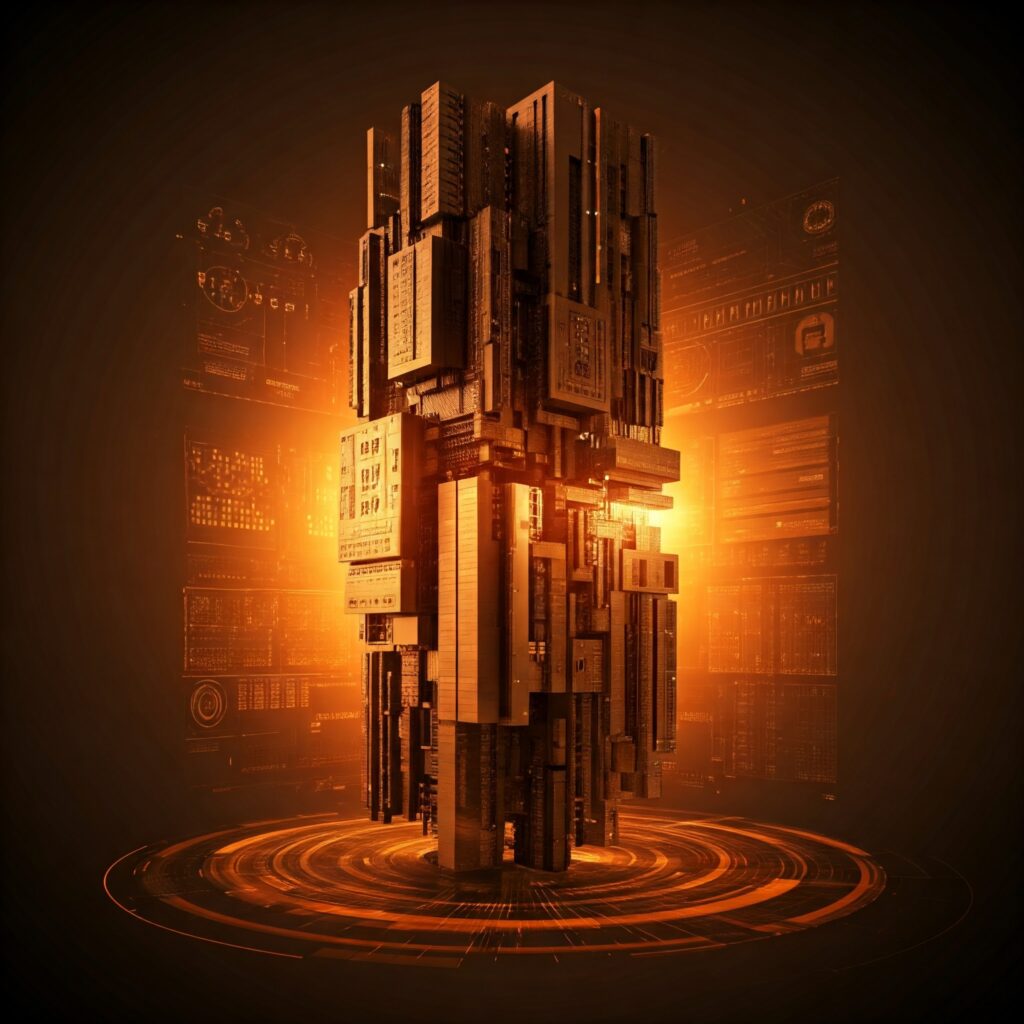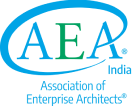Enterprise Architecture Frameworks: TOGAF vs. Zachman vs. FEAF
Introduction
Enterprise Architecture (EA) frameworks provide a structured approach to designing, analyzing, and planning IT and business strategies. Several popular EA frameworks are available, including TOGAF, Zachman, and FEAF. Each framework offers a unique perspective and methodology for addressing EA challenges.
TOGAF (The Open Group Architecture Framework)
- Focus: A comprehensive and widely-used framework that provides a structured methodology for developing and managing enterprise architectures.
- Key Features: Emphasizes business-driven architecture, provides a clear roadmap for the EA lifecycle, and offers a rich set of tools and techniques.
Zachman Framework
- Focus: A framework that organizes enterprise architecture information into a 3D matrix, considering six perspectives (what, how, where, who, when, why) and six viewpoints (planner, owner, designer, builder, implementer, user).
- Key Features: Provides a holistic view of the enterprise, facilitates communication and collaboration among stakeholders, and helps to identify and address architectural gaps.
FEAF (Federal Enterprise Architecture Framework)
- Focus: A framework specifically designed for the U.S. federal government, but applicable to other large organizations.
- Key Features: Emphasizes business-driven architecture, aligns IT with business goals, and provides a structured approach to managing change.
Choosing the Right Framework
The choice of EA framework depends on various factors, including:
- Organizational size and complexity
- Specific business needs and challenges
- Existing IT infrastructure and processes
- Availability of resources and expertise

Conclusion
EA frameworks provide valuable guidance for organizations to develop and manage their enterprise architectures. By understanding the strengths and weaknesses of different frameworks, organizations can select the most appropriate framework for their specific needs.
